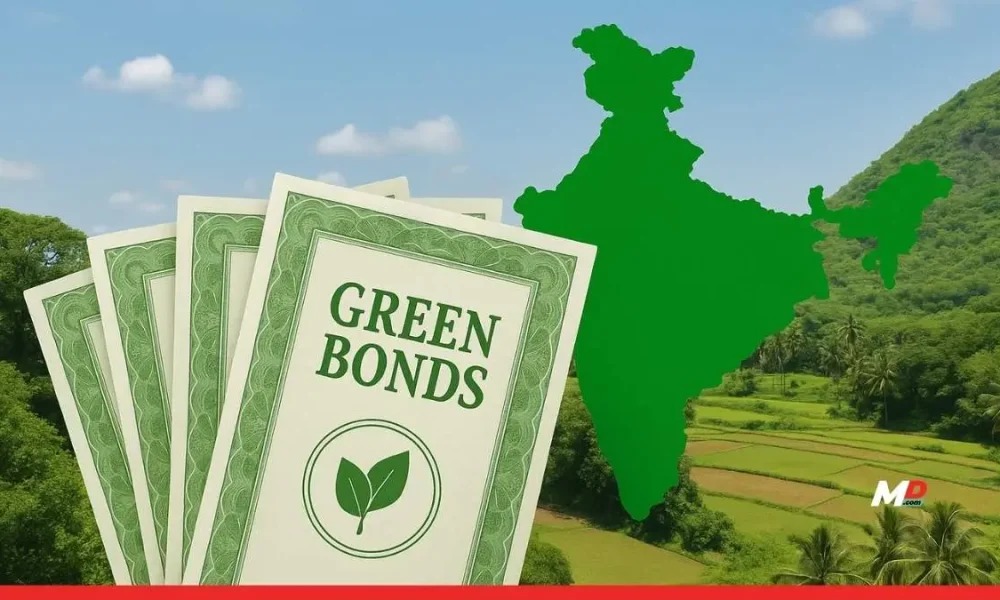The global push toward sustainability and the urgency of climate action have propelled sovereign green bonds into the spotlight as powerful tools for financing eco-friendly projects. These bonds, issued by governments to raise capital specifically for green initiatives, are gaining traction in climate finance circles. However, key questions remain about their potential to shift climate finance from niche to mainstream.
What Are Sovereign Green Bonds?
Sovereign green bonds (SGBs) function similarly to traditional government bonds but are dedicated exclusively to funding projects with positive environmental impacts.
Typical uses of proceeds include renewable energy, energy efficiency, clean transportation, water management, biodiversity preservation, and green buildings.
Rigorous project selection, transparency, and reporting frameworks are central to maintain investor confidence and avoid greenwashing risks.
Growing Momentum And Market Dynamics
India's sovereign green bond program has attracted significant international investor confidence, reflecting a global appetite for sustainable investment aligned with ESG principles.
By December 2024, India’s cumulative green, social, sustainability, and sustainability-linked (GSS+) bond issuance crossed $55.9 billion, with green bonds accounting for 83% of this volume.
Globally, sustainable debt topped $1.5 trillion in 2025, underlining the robust growth—but green bonds still represent a small fraction of total bond markets, indicating room for expansion.
Challenges Holding Back Mainstream Adoption
Inconsistent definitions and standards across markets create complexity, while certification and ongoing reporting costs add financial burdens.
Concerns over greenwashing, where funds may not always finance genuinely green projects, threaten market credibility.
A “greenium” or green premium—where green bonds might trade at lower yields—has nearly disappeared, decreasing their relative appeal amid volatile macroeconomic conditions.
The Reserve Bank of India’s recent cancellation of a 30-year sovereign green bond auction speaks to some investor hesitancy amid current yield expectations.
Future Trajectories And Opportunities
-
Enhanced regulatory frameworks and guidelines, like SEBI’s greenwashing circular, aim to improve transparency, credibility, and investor trust.
-
Innovations such as sustainability-linked bonds, which tie interest rates to achieving environmental targets, signal market evolution beyond traditional green bonds.
-
Sovereign issuers are increasingly leading the development of standardized reporting and impact measurement, fostering a more mature, reliable market.
-
Climate finance will increasingly blend public budgets, concessional finance, and private capital, with SGBs acting as catalysts to unlock larger investment pools.
Sovereign green bonds hold promising potential to mainstream climate finance, provided market participants can navigate challenges related to standardization, transparency, and investor confidence. The path to widespread adoption is paved with innovation, accountability, and multi-stakeholder partnership—crucial elements to finance the world’s sustainable future.
Source: Ministry of Finance India, Climate Bonds Initiative, SEBI, Reserve Bank of India, International Energy Agency

